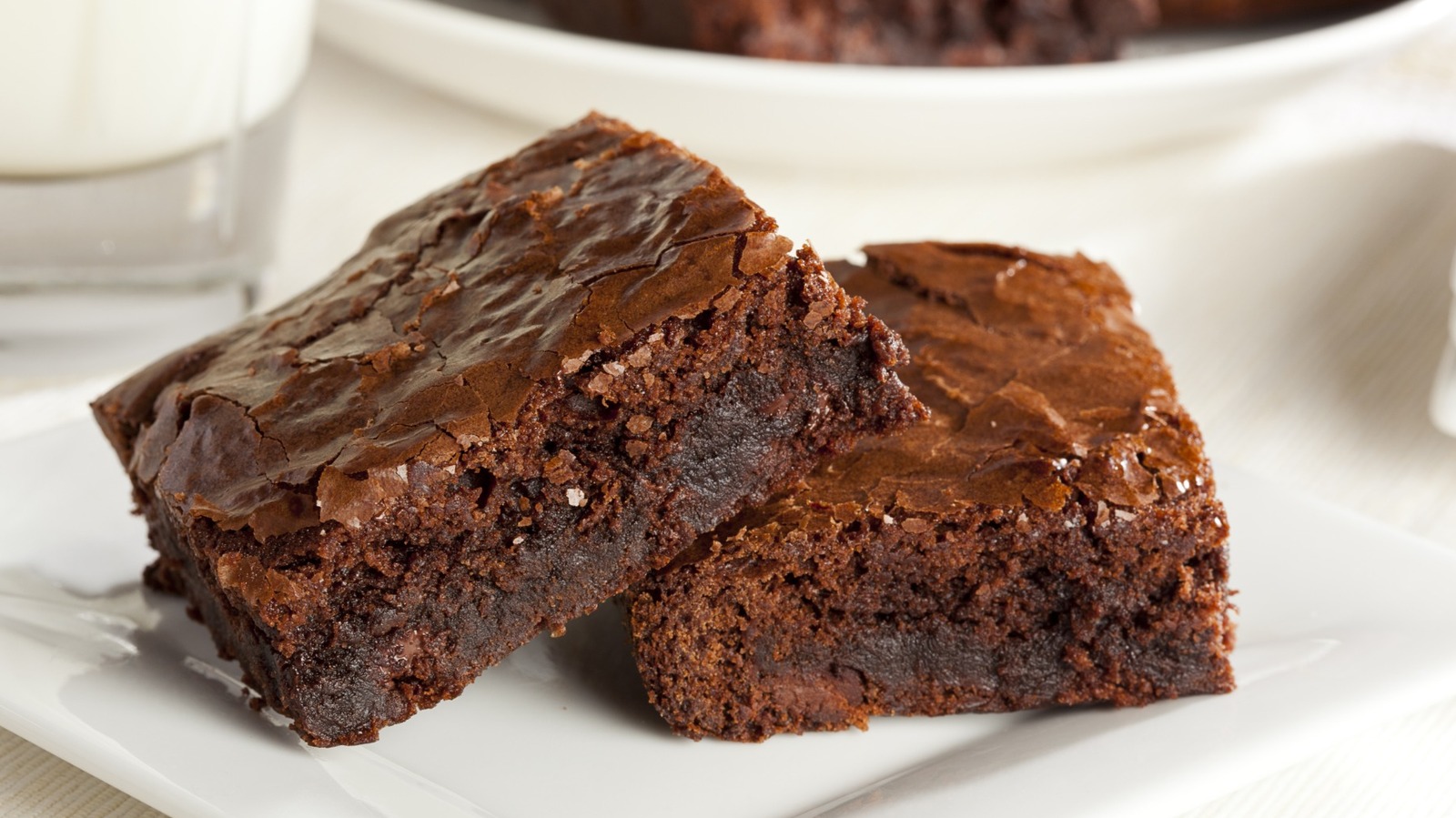
"When it comes to a simple yet decadent treat, it's hard to top brownies. Who doesn't love a bit of gooey, chocolatey goodness every now and then? In fact, data from Verified Market Reports shows that brownie mixes are a $1.25 billion industry in America. While it's clear that a lot of us are enjoying brownies, you need to be careful when selecting the proper pan to bake them."
""Light-colored metal pans help the batter bake more evenly and help achieve that chewy edge with a soft center," she says. Light-colored pans don't absorb and hold as much heat as darker ones do, which is why they are better suited for even baking. She goes on to share, "Dark metal pans can cause them to overbake." This is because darker colors absorb more heat, including infrared or thermal radiation, causing the edges of your brownies to cook faster."
"While glass isn't ideal for baking brownies, that doesn't mean it's not successful in other applications. Glass dishes are great for many kinds of casseroles and savory puddings. Anything you'd like to stay warm after it comes out of the oven would benefit from being in this type of dish as glass is an insulator, not a conductor. This means it heats slowly, but stays hot for a long time."
Brownies remain a popular treat and proper pan selection affects texture and doneness. Glass pans heat unevenly, creating hot and cold spots that lead to uneven baking. Light-colored metal pans promote more even baking and encourage chewy edges with soft centers because they absorb and hold less heat than darker pans. Dark metal pans absorb more infrared and thermal radiation and can cause edges to overbake. Glass works well for casseroles and savory puddings because glass acts as an insulator, heating slowly while retaining warmth for a long time; thicker glass edges remain hotter longer.
Read at Tasting Table
Unable to calculate read time
Collection
[
|
...
]